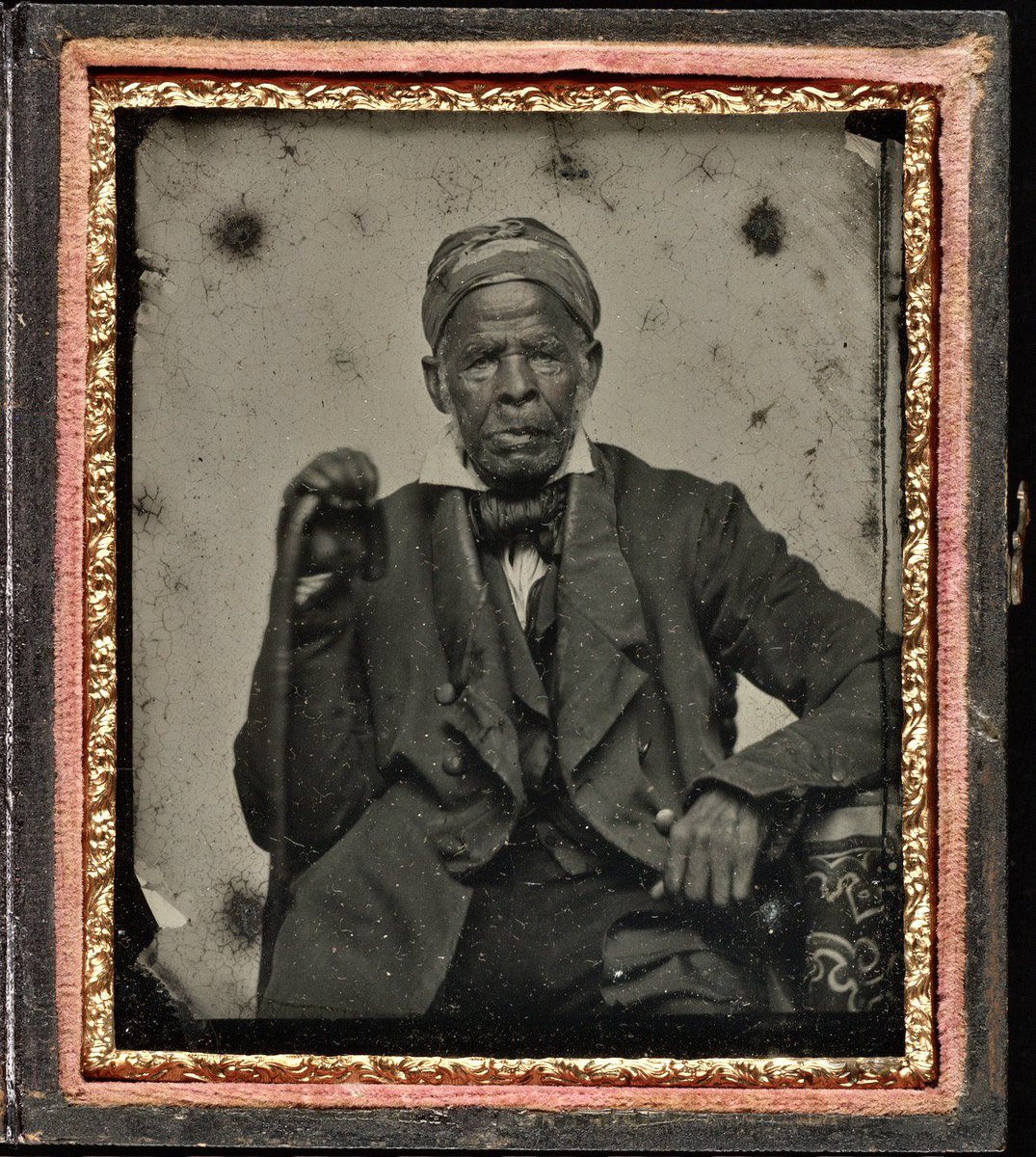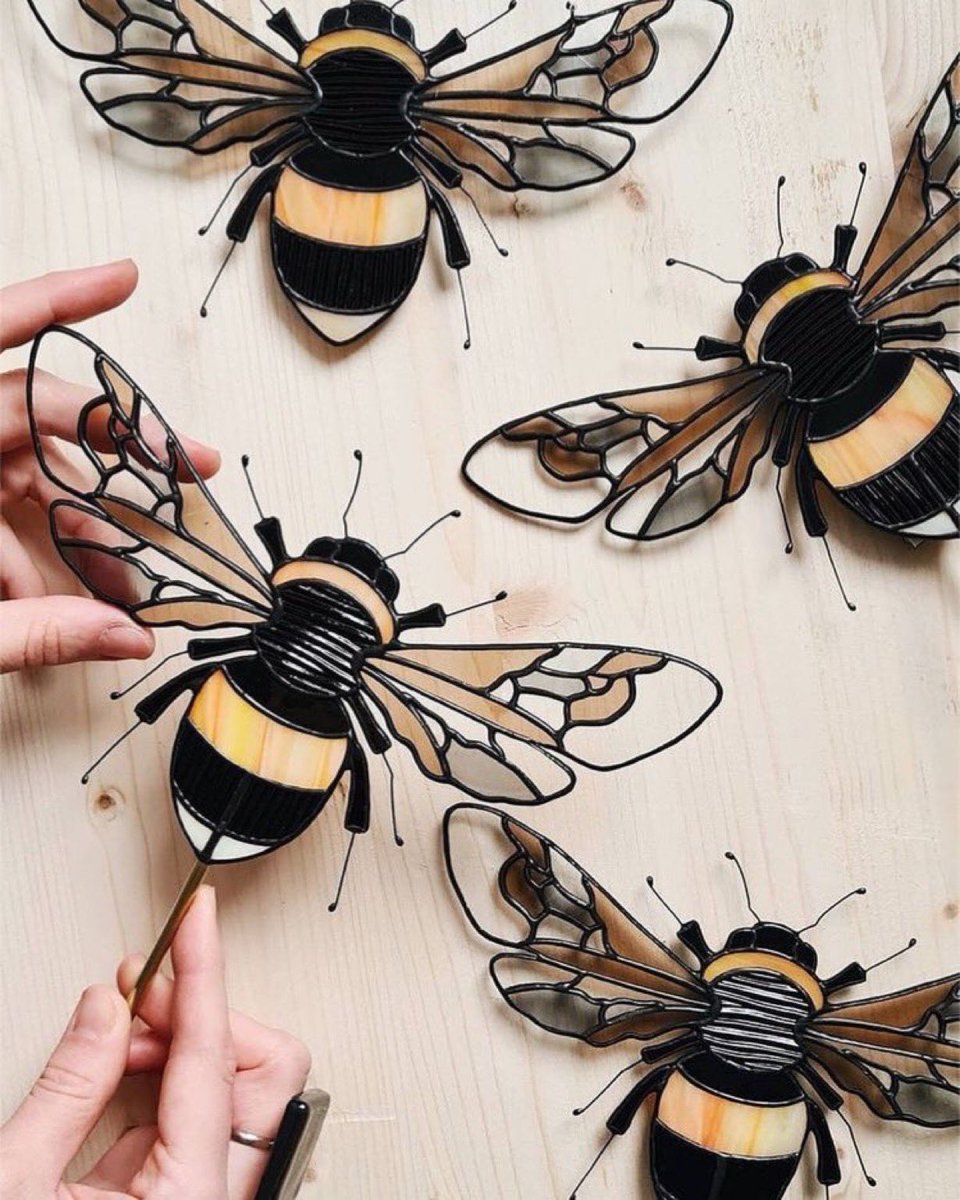
In 1807, Omar ibn Said, a Muslim scholar, was stolen from Senegal & sold into slavery in America. He left behind an autobiography written in Arabic.
To mark the International Day for the Remembrance of the Slave Trade & its Abolition, a thread on the remarkable story of Omar…
To mark the International Day for the Remembrance of the Slave Trade & its Abolition, a thread on the remarkable story of Omar…

1/ Written in Arabic and recently acquired by the @librarycongress, "The Life of Omar Ibn Said” is not only a rare handwritten personal story of an American slave, but it's also one of the first intimate accounts of the early history of Muslims in the United States.
2/ Omar wrote his brief autobiography, 190 years ago, & it spent much of the last century forgotten in an old trunk in Virginia. When he wrote it, Omar was 61 and more than two decades into a long enslavement in America, first in Charleston and then North Carolina 

3/ Omar ibn Said was born to a wealthy family in the Imamate of Futa Toro, located along the Middle Senegal River in West Africa. He was an Islamic scholar & a Fula who spent 25 years of his life studying with prominent Muslim scholars, learning mathematics, astronomy & business 

4/Omar was enslaved & taken to Charleston South Carolina. In his autobiography, the description of his capture by "a large army who killed many men" & his crossing of "the great sea" for a month & a half testifies to the violence of the slave trade & terrors of the middle passage 

5/ Omar was among the approximately one-third of American slaves who were Muslim. While the exact number of enslaved Muslims is unknown, up to 40 percent of those who were captured and enslaved came from predominantly Muslim parts of West Africa. 

6/ Scholars estimate that the slave ship that brought Omar to South Carolina landed in 1807. The next year, the United States abolished the trans-Atlantic slave trade making it illegal to bring new enslaved people to the United States (though the illegal slave trade continued) 

7/ Not long after his arrival to Charleston, Omar was sold to a cruel local and intensely violent slaveholder, he escaped and made his way to Fayetteville, North Carolina 

8/ As a runaway, Omar sought a place of worship, & found a church & began praying. When discovered, authorities took Omar into custody. He gained notoriety for writing on the walls of his jail cell in Arabic, challenging beliefs that enslaved Africans were illiterate 

9/ Omar was eventually purchased by a prominent man in the area, General James Owen. Knowing of Omar’s Islamic faith and Arabic literacy, Owen provided him with an Arabic copy of the Bible. Said attended the local Presbyterian Church and was baptized as a Christian in 1821. 

10/ Omar's later apparent conversion to Christianity rendered him a celebrity of sorts. Many around Omar commented on his full conversion & his solid Christian faith. However, inside of his Bible, Omar inscribed in Arabic, “Praise be to Allah, or God” & “All good is from Allah.” 

11/ Through his writings, Omar proved to be cleverly clandestine about practicing Islam. For example, he penned Surah Al Fatiha, the opening chapter of the Qur’an, in Arabic allowing white observers to believe it was the Lord’s prayer. 

12/ In another text, he wrote a part of a Psalm but then included a traditional Muslim invocation after it. It was his Islamic education that allowed Omar to use Arabic to hide his Muslim religious writings
Omar ibn Said portrait ca. 1850
from @YCAL_JWJ
bit.ly/2ArNV2k
Omar ibn Said portrait ca. 1850
from @YCAL_JWJ
bit.ly/2ArNV2k

13/ Omar moved with the Owen family in 1836 to Wilmington, North Carolina, and again to a farm on the Cape Fear River during the Civil War. He is believed to have died at the age of 94, but the exact circumstances of his death are unknown. 

14/ The translation of Omar's text begins with passages from the Holy Qur’an. His autobiographical account is not chronological, but relates to key events in his life: his forced passage to America, his escape & recapture, his time in prison, & his journey to the home of Jim Owen 

15/ Omar’s status and education in West Africa, as well as his tenacious resistance to his violent treatment in South Carolina, provided him with a skill set wherein he was able to garner positive attention from at least some white Americans. 

16/ The erasure of the black Muslim identity among the enslaved people in the United States was part of a strategy to strip enslaved Africans of their identities & reduce them to chattel both legally & in the public imagination
5 generations of a slave family. Shutterstock
5 generations of a slave family. Shutterstock

17/ Both accounts of Said & his autobiography tell of white American’s positive reaction to his literacy & spiritual devotion. While the reaction of white people was fortunate for him, literacy among enslaved people was not legal in certain states, including South Carolina 

18/ Enslaved Muslims who left behind a written record challenged the idea that enslaved men and women were a brute workforce solely capable of physical labor because they lacked the intellectual capacity that would make them deserving of independence and freedom.
19/ What we know about the masses of African Muslim slaves who left no written record can be garnered from the remembrances of their descendants and their names on bills of sale or runaway notices. How long they adhered to Islam is unknown 

20/ Some enslaved Muslim converted to Christianity while others pretended to convert in order to satisfy their captors. But there are signs that some enslaved Muslims held onto the religion of their homelands.
Prayer on a Plantation by artist @safialatif
Prayer on a Plantation by artist @safialatif

21/ The story of Omar Ibn Said is now an opera by the winner of @macfound and Grammy awards Rhiannon Giddens.
Omar will be shown at the LA Opera from October 22 – November 13
cbsnews.com/news/omar-oper…
Omar will be shown at the LA Opera from October 22 – November 13
cbsnews.com/news/omar-oper…
23/ ‘You asked me to write my life…I have much forgotten my own, as well as the Arabic language. Neither can I write very grammatically or according to the true idiom & so, my brother, I beg you, in God’s name, not to blame me, for I am a man of weak eyes, & of a weak body’ Omar 

Discover more about the story of Omar ibn Said: baytalfann.com/post/the-autob…
Tweet no.2 is amazing work paying tribute to Omar ibn Said by artist @RSaadiy please do give her a follow 

• • •
Missing some Tweet in this thread? You can try to
force a refresh


















